
Introduction
Imagine this: it’s a rainy Tuesday morning in New York City. You’re dreading the subway ride to work, and you haven’t even started thinking about what to grab for breakfast. But before you reach for your phone, your virtual assistant chimes in. “Good morning! The F train is running smoothly, and I’ve ordered your favorite bagel from that café on 5th Avenue.” Sounds like magic, right? This isn’t wizardry but rather the marvel of Artificial Intelligence (AI) — technology so advanced it knows what you want before you even ask.
But what exactly is this mysterious force driving our digital assistants, smart thermostats, and even self-driving cars? How does it know to suggest that new restaurant just as you’re thinking of ordering dinner? AI isn’t just a buzzword; it’s a revolution quietly changing the world around us, one algorithm at a time. In fact, According to a 2024 McKinsey report, AI adoption in business processes has increased by 50% in just three years, with nearly 72% of companies now using AI to enhance their operations.
What is artificial intelligence?

Artificial intelligence, or AI, is like the genius kid in your class who knows all the answers, but instead of annoying you, it helps you. In its simplest form, AI is the simulation of human intelligence processes by machines, especially computer systems. Think of it as teaching a computer to think, reason, and learn like a human.
AI can perform tasks such as recognizing speech, making decisions, translating languages, and even identifying images. It’s like having your brain but one that doesn’t need sleep, coffee, or a vacation in Miami. AI systems use algorithms and massive data sets to perform these tasks, learning from patterns and experiences just like we do—only faster and more accurately.
How Does AI Work?
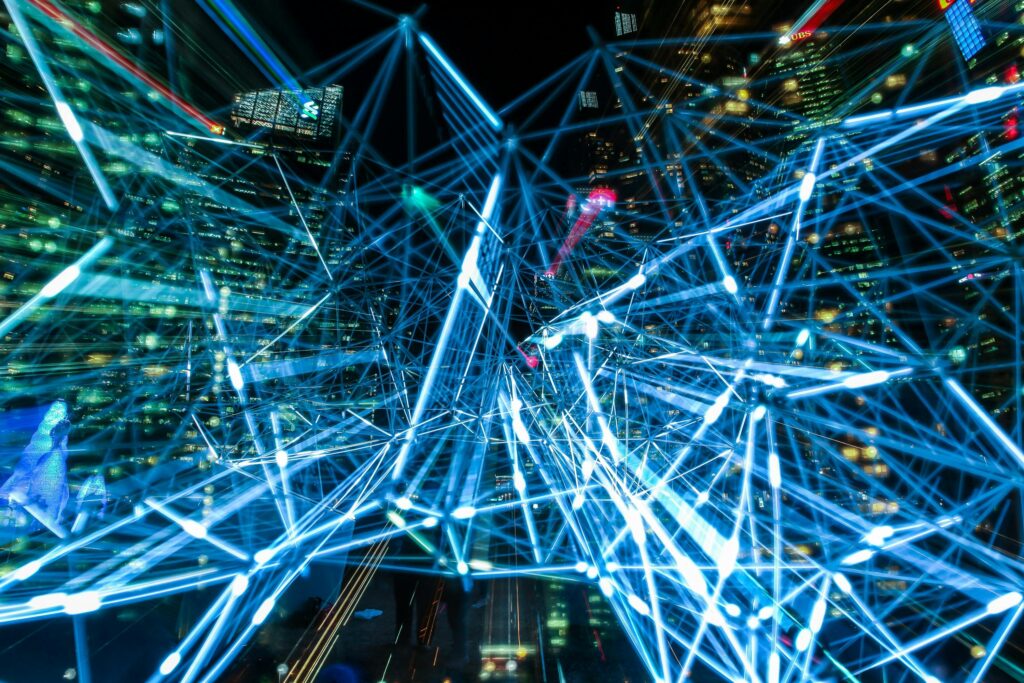
Think of AI as a master chef in a busy kitchen. The ingredients? Data. Lots and lots of data. The recipe? Algorithms—step-by-step instructions that tell AI what to do with that data. The kitchen? Your computer’s processing power. Here’s how AI whips up its culinary masterpieces:
- Data Gathering: Like a chef needs ingredients, AI requires massive amounts of data—text, images, videos, you name it.
- Data Processing: AI processes this data using algorithms that identify patterns, trends, and relationships.
- Learning: AI systems learn in different ways: supervised learning (like a student with a tutor), unsupervised learning (finding its way like a curious child), and reinforcement learning (learning by trial and error).
- Decision Making: With its newly acquired knowledge, AI makes decisions or predictions.
- Feedback Loop: AI is continuously improving, much like a chef perfecting a dish, tweaking it based on customer feedback.
For instance, Google’s AI-driven RankBrain uses machine learning to interpret search queries, going beyond simple keywords to understand the context, making it one of the most effective search tools in the world.
What are the types of AI?
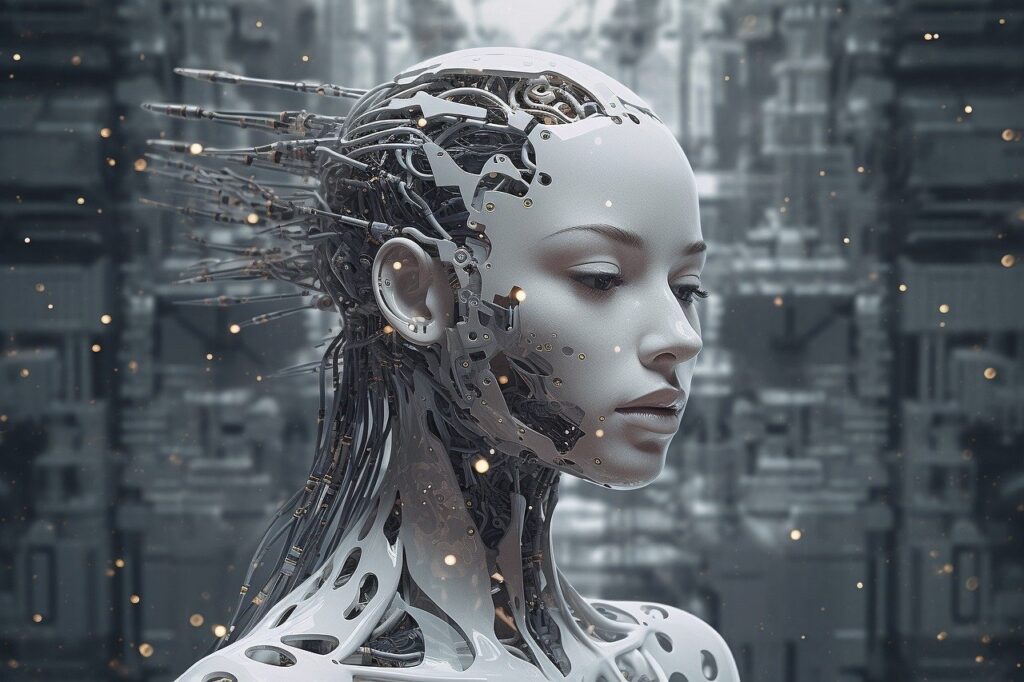
AI comes in different shapes and sizes, just like superheroes. Here are the main types:
- Narrow AI (Weak AI): Specializes in one task, like your coffee machine knowing when to brew your morning cup. It’s intelligent but not adaptable, meaning it can’t switch from making coffee to diagnosing a medical issue.
- General AI (Strong AI): The dream AI that doesn’t yet exist. It would perform any cognitive task that a human can, from writing poems to planning your weekend getaway, with the same adaptability and intelligence as a person.
- Reactive Machines: Simple AI systems that react to certain inputs without learning from past experiences. Think IBM’s Deep Blue that beat Garry Kasparov at chess in 1997; great at chess, but useless beyond that board.
- Limited Memory AI: Can learn from past experiences, like self-driving cars that improve navigation by analyzing previous trips. This AI relies on stored data to make smarter decisions each time.
- Theory of Mind AI: Under development, this type aims to understand human emotions and social interactions. It could lead to AI that not only performs tasks but also empathizes with and responds to human feelings.
- Self-aware AI: The stuff of science fiction—AI that has its own consciousness. We’re not there yet, but it makes for a great plot in movies like Ex Machina and The Terminator.
Why is AI important?

AI is reshaping the world as we know it. From healthcare to finance, here’s why AI matters:
- Healthcare: AI helps in diagnosing diseases more accurately. According to Accenture, AI applications in healthcare could save $150 billion annually by 2026.
- Finance: AI detects fraudulent activities faster than humans. A report by PwC states that AI could contribute up to $15.7 trillion to the global economy by 2030.
- Retail: AI personalizes your shopping experience, suggesting products before you even know you need them.
- Transportation: AI is improving traffic management and autonomous vehicles. A study by McKinsey estimates that AI could reduce traffic congestion by up to 20% in major cities.
- Education: AI is personalizing learning experiences and automating administrative tasks. A report by UNESCO states that AI can help bridge the digital divide and improve educational outcomes.
- Customer service: AI is enhancing customer experiences through chatbots and virtual assistants. A study by Gartner predicts that by 2025, AI will be responsible for 80% of customer service interactions.
- Manufacturing: Deloitte has conducted extensive research on the impact of AI in manufacturing, highlighting its potential to revolutionize the industry. While specific figures on productivity increases may vary, their studies consistently point to AI’s ability to optimize processes, enhance quality control, and drive overall efficiency.
- Climate change: AI is being used to develop solutions for climate change, such as predicting natural disasters and optimizing energy consumption. A study by the World Economic Forum highlights AI’s potential to address climate challenges.
Simply put, AI is not just a trend — it’s a revolution that’s here to stay.
Advantages and Disadvantages of Artificial Intelligence
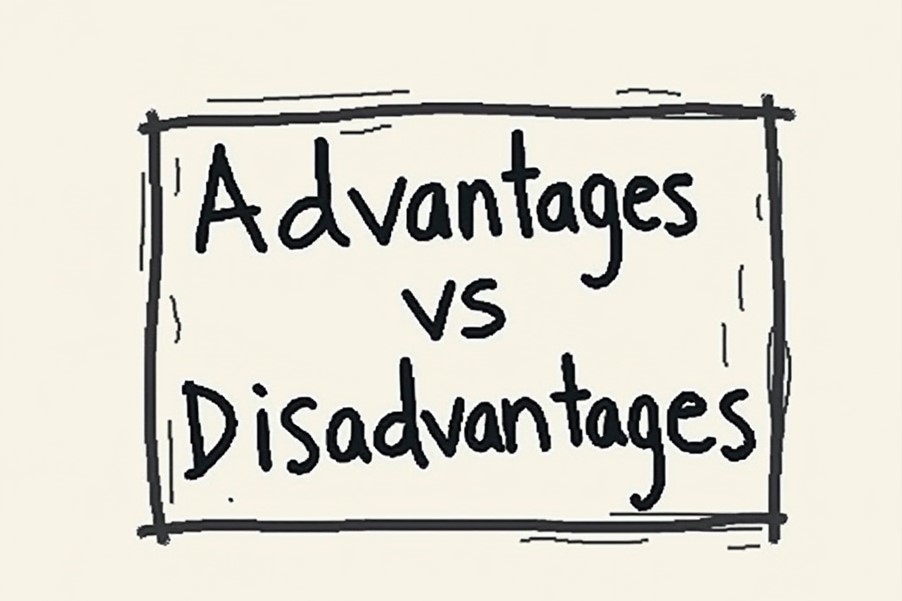
Advantages:
- Efficiency: AI can execute tasks at a pace far surpassing human capabilities, from processing vast datasets to handling customer inquiries with lightning speed.
- Accuracy: AI significantly reduces errors, particularly in fields like medical diagnosis and industrial manufacturing, where precision is paramount.
- Innovation: AI is driving groundbreaking advancements, from the development of smart cities to the creation of autonomous vehicles, reshaping industries and society as a whole.
- Personalization: AI can tailor experiences to individual preferences, from personalized product recommendations to customized learning paths.
- Accessibility: AI can enhance accessibility for people with disabilities, enabling them to interact with technology in new and innovative ways.
Disadvantages:
- Job Displacement: The automation of tasks through AI has raised concerns about job losses in certain sectors, as machines become capable of performing work traditionally done by humans.
- Ethical Concerns: AI poses significant ethical challenges, including issues of privacy, bias, and security. Ensuring responsible and equitable development of AI is crucial to mitigate these risks.
- Dependency: Overreliance on AI can lead to a decline in critical thinking skills, as individuals may become overly dependent on machines to make decisions and solve problems.
- Weaponization: AI can be used to develop autonomous weapons systems, posing serious threats to global security and human rights.
- Digital Divide: The widespread adoption of AI could exacerbate existing digital divides, as access to these technologies may be unevenly distributed.
A recent report by McKinsey Global Institute estimates that automation could displace up to 800 million jobs worldwide by 2030, emphasizing the need for careful planning and policies to manage the transition.
Weak AI vs. Strong AI
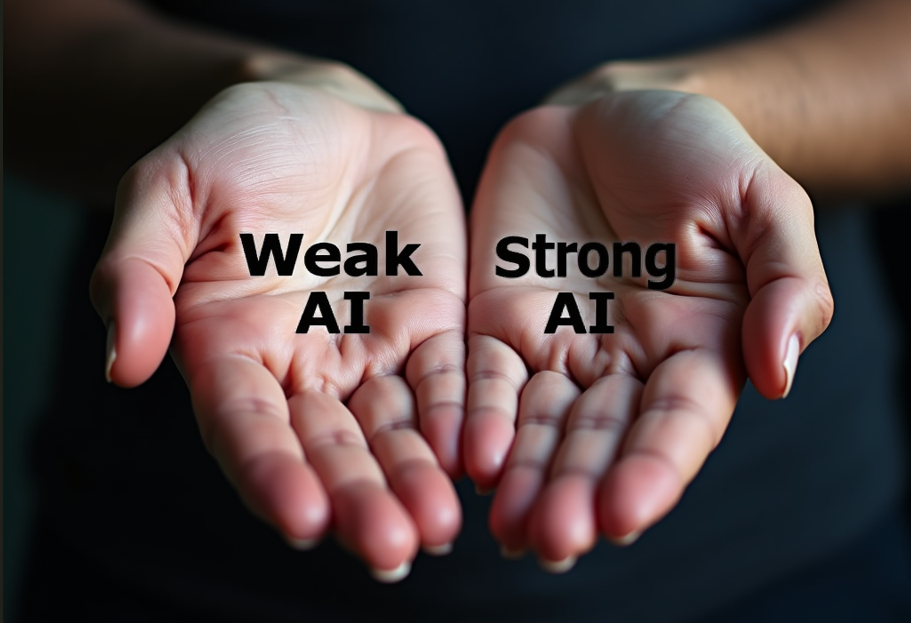
Weak AI, also known as narrow AI, is a type of artificial intelligence designed to perform specific tasks. It is trained on a particular dataset and can only execute tasks within that specific domain. Think of it as a tool designed for a particular job.
Examples of weak AI include:
- Virtual assistants: Like Siri, Alexa, and Google Assistant
- Search engines: That help us find information online
- Recommendation systems: That suggest products, movies, or music based on our preferences
- Image recognition software: That can identify objects or people in images
Key characteristics of weak AI:
- Limited understanding: It doesn’t have a general understanding of the world or the ability to think abstractly.
- Task-specific: It can only perform tasks within its predefined scope.
- Dependent on data: It relies on large amounts of data to learn and improve.
Strong AI, also known as artificial general intelligence (AGI), is a hypothetical type of AI that would possess the ability to understand, learn, and apply knowledge across a wide range of domains, much like a human. It would be capable of general problem-solving, reasoning, and creativity.
Key characteristics of strong AI:
- General intelligence: It would have a broad understanding of the world and the ability to think abstractly.
- Problem-solving: It could solve problems independently, even in unfamiliar situations.
- Creativity: It would be capable of generating new ideas and solutions.
- Consciousness: Some believe that strong AI could even develop consciousness or sentience.
While weak AI has made significant progress, strong AI remains a distant goal. Many experts believe that it may be decades or even centuries away, and there are still numerous technical and ethical challenges to overcome.
Generative AI

Generative AI is the Picasso of the digital world. It creates new content, from writing songs to generating human-like text. OpenAI’s GPT-3, for example, can write essays, answer questions, and even draft emails that are indistinguishable from those written by humans.
Common Examples of Artificial Intelligence Applications
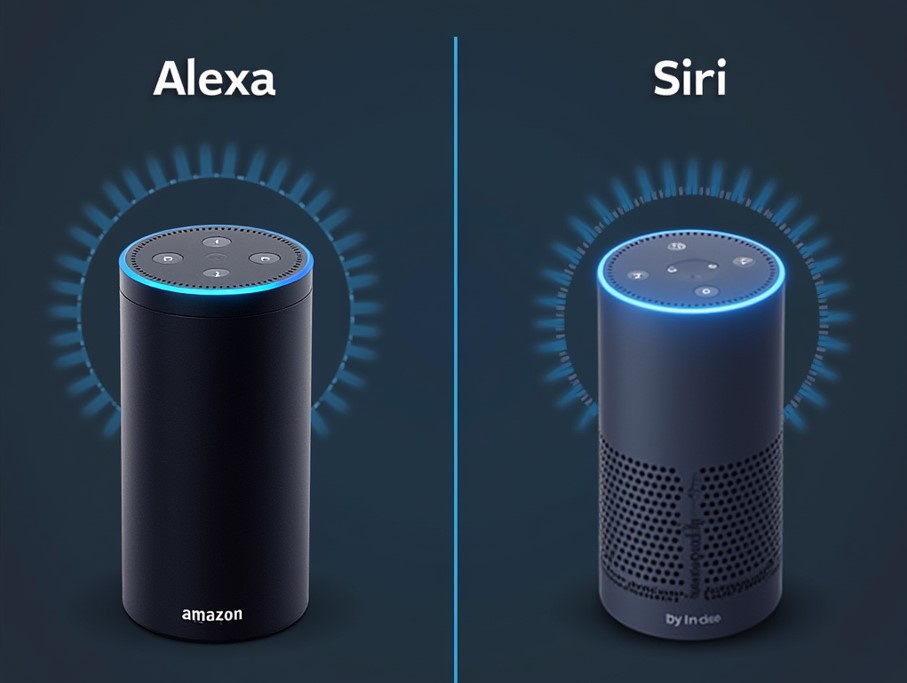
AI is embedded in our daily lives:
- Virtual Assistants: Siri, Alexa, Google Assistant.
- Recommendation Systems: Netflix suggests shows; Spotify curates playlists.
- Autonomous Vehicles: Tesla’s self-driving cars are a prime example.
- Healthcare: IBM Watson helps diagnose diseases and recommend treatment plans.
Augmented Intelligence vs. Artificial Intelligence
Augmented Intelligence is AI’s sidekick — it doesn’t replace humans but enhances their capabilities. For example, AI helps doctors make more accurate diagnoses, but it’s the doctor who makes the final decision.
Ethical Use of Artificial Intelligence

With great power comes great responsibility. AI’s ethical use includes:
- With great power comes great responsibility. The ethical stewardship of AI requires:
- Privacy: safeguarding the sacred temple of user data, ensuring it remains a sanctuary from prying eyes.
- Transparency: illuminating the labyrinthine paths of AI decisions, making them understandable to all, from the tech-savvy to the technophobic.
- Accountability: holding developers and organizations accountable for their actions, ensuring AI is harnessed for the good of humanity, not its detriment.
- Fairness and Bias: Ensuring AI systems are free from bias and discrimination, particularly in areas like hiring, lending, and criminal justice.
- Human Oversight: Maintaining human oversight to prevent unintended consequences and ensure AI is used for beneficial purposes.
- Accessibility: Making AI technologies accessible to everyone, regardless of their abilities or socioeconomic status.
- Environmental Impact: Considering the environmental implications of AI development and deployment, such as energy consumption and waste generation.
- Global Governance: Establishing international frameworks and standards for the ethical development and use of AI.
A survey by Deloitte reveals that a resounding 62% of consumers yearn for greater transparency in the decision-making processes of AI, underscoring the imperative for ethical stewardship in this burgeoning field.
AI Governance and Regulations
Governments worldwide are creating regulations to govern AI:
AI Governance and Regulations, the digital compass guiding the development and deployment of artificial intelligence, are emerging as a critical aspect of the technological landscape. Governments worldwide are scrambling to establish frameworks that ensure AI is harnessed for the benefit of humanity, rather than its detriment.
The European Union’s General Data Protection Regulation (GDPR) stands as a cornerstone of AI governance, placing a paramount emphasis on data privacy and user consent. This landmark legislation seeks to safeguard individuals’ personal data and empower them to control how their information is used.
Beyond governmental initiatives, organizations like the IEEE have taken the lead in developing AI Ethics Guidelines, providing a moral compass for the development and deployment of AI systems. These guidelines emphasize principles such as fairness, accountability, and transparency, ensuring that AI is used in a responsible and ethical manner.
Moreover, industry standards are being established to ensure AI systems are safe, reliable, and robust. These standards address issues such as bias, security, and explainability, fostering a culture of quality and accountability within the AI community.
As the AI landscape continues to evolve, the need for effective governance and regulation becomes increasingly urgent. By establishing clear guidelines and frameworks, we can harness the potential of AI for the betterment of society while mitigating its risks.
History of Artificial Intelligence
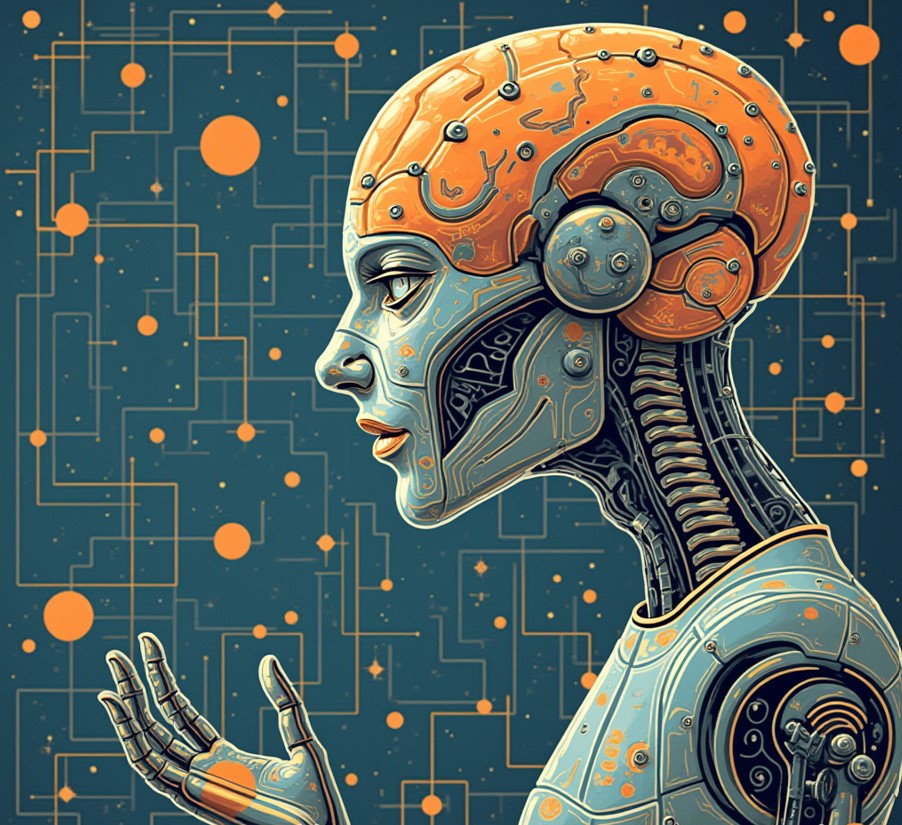
AI has a rich history:
Artificial Intelligence, the digital mind, has a rich tapestry of history, woven with threads of innovation and ambition.
In the year 1956, at the Dartmouth Conference, the term “Artificial Intelligence” was coined, marking the birth of a field that would forever change the landscape of technology. This seminal event brought together a group of visionary minds who dared to dream of machines capable of thought and reason.
Fast forward to 1997, and the world witnessed a historic clash of intellects. IBM’s Deep Blue, a chess-playing AI, emerged victorious over the reigning world champion, Garry Kasparov, signaling a new era in human-machine competition.
In 2011, IBM’s AI prowess continued to astound as Watson dominated the game show “Jeopardy!”, defeating human champions with its unparalleled ability to process natural language and answer complex questions.
The march of progress accelerated in 2020 with the introduction of OpenAI’s GPT-3, a language model that showcased its advanced capabilities in generating human-like text, translating languages, writing different kinds of creative content, and answering your questions in an informative way. This breakthrough marked a significant step towards the realization of more sophisticated AI systems.
Challenges and Future of AI
AI’s future is promising but filled with challenges:
- Technical Hurdles: Developing advanced algorithms and systems that are both efficient and scalable. For example, current AI models like GPT-3 require massive amounts of data and computational power, which can be costly and environmentally taxing.
- Ethical Dilemmas: Ensuring fairness and unbiased decision-making remains a significant challenge. For instance, AI systems have been shown to sometimes inherit biases from the data they are trained on, leading to unfair outcomes in areas like hiring and law enforcement.
- Societal Impact: Addressing job displacement and economic shifts caused by automation. According to a World Economic Forum report, AI could displace 85 million jobs by 2025 but also create 97 million new roles.
Despite these challenges, the future of AI looks bright, with continuous advancements in areas like quantum computing, which promises to accelerate AI capabilities even further.
AI in Popular Culture

Artificial Intelligence, the digital mind, has not only reshaped the technological landscape but has also left an indelible mark on popular culture. From the silver screen to the streaming platforms, AI has captured our imaginations and sparked debates about its potential and perils.
Movies like The Terminator and Ex Machina have painted dystopian visions of AI run amok, exploring the darker side of artificial intelligence and raising questions about the dangers of unchecked technological advancement. On the other hand, films like Her and WALL-E offer more optimistic portrayals, showcasing the potential for AI to enhance our lives and foster meaningful connections.
Television series such as Black Mirror delve into the ethical implications of AI, presenting thought-provoking narratives that explore the potential consequences of our technological choices.
From surveillance states to mind-controlling devices, Black Mirror challenges us to consider the impact of AI on our society and its potential to shape our future.
These cultural representations, whether dystopian or utopian, play a crucial role in shaping public perception and sparking conversations about the ethical implications of AI development. By engaging with these narratives, we can better understand the potential benefits and risks associated with AI and make informed decisions about its future. Sources and related content
AI FAQs
Q: What is Artificial Intelligence (AI)?
A: AI, or Artificial Intelligence, is the simulation of human intelligence in machines, enabling them to perform tasks that typically require human cognitive abilities.
Q: How does AI learn?
A: AI learns through a process known as machine learning. This involves training algorithms on large datasets, allowing them to identify patterns, make predictions, and improve their performance over time. There are several learning methods, including:
- Supervised learning: The AI is trained on labeled data, where the correct output is provided for each input.
- Unsupervised learning: The AI learns from unlabeled data, identifying patterns and relationships without explicit guidance.
- Reinforcement learning: The AI learns through trial and error, receiving rewards or penalties based on its actions.
Q: Is AI dangerous?
A: Like any powerful tool, AI can be used for both good and evil. While there are concerns about its potential risks, such as job displacement and ethical dilemmas, responsible development and deployment can mitigate these challenges. AI has the potential to revolutionize various industries, improve our lives, and address pressing global issues.
Feel free to ask any other questions you may have on the comment section!
Conclusion
Feeling intrigued by the world of AI? Don’t miss out on future updates and insights! Subscribe to our newsletter, leave a comment with your thoughts, and share this article with friends. Let’s continue exploring the endless possibilities of Artificial Intelligence together!